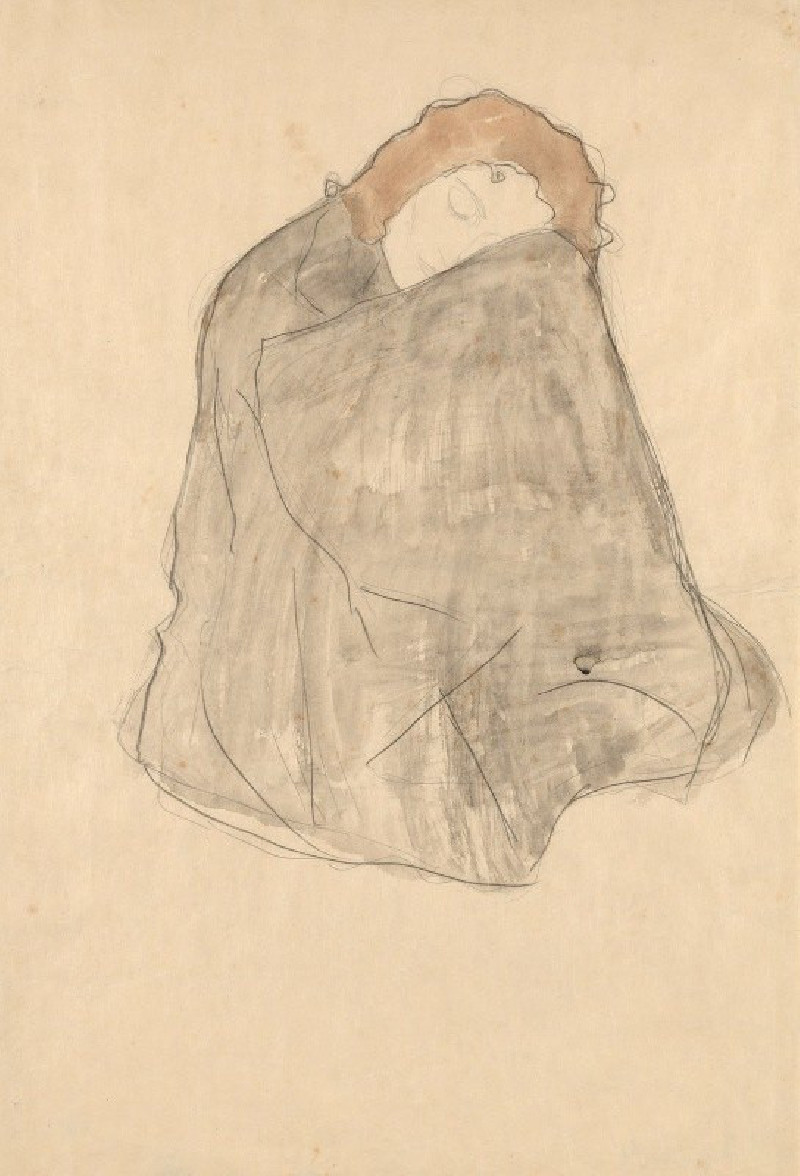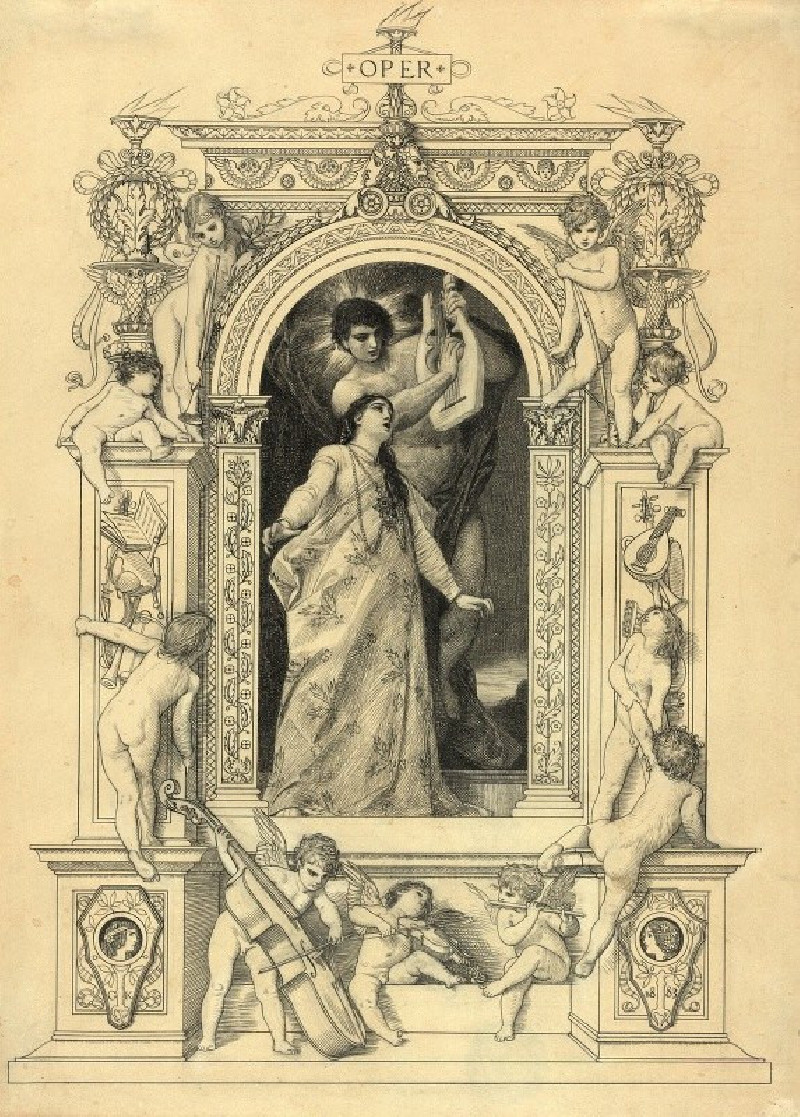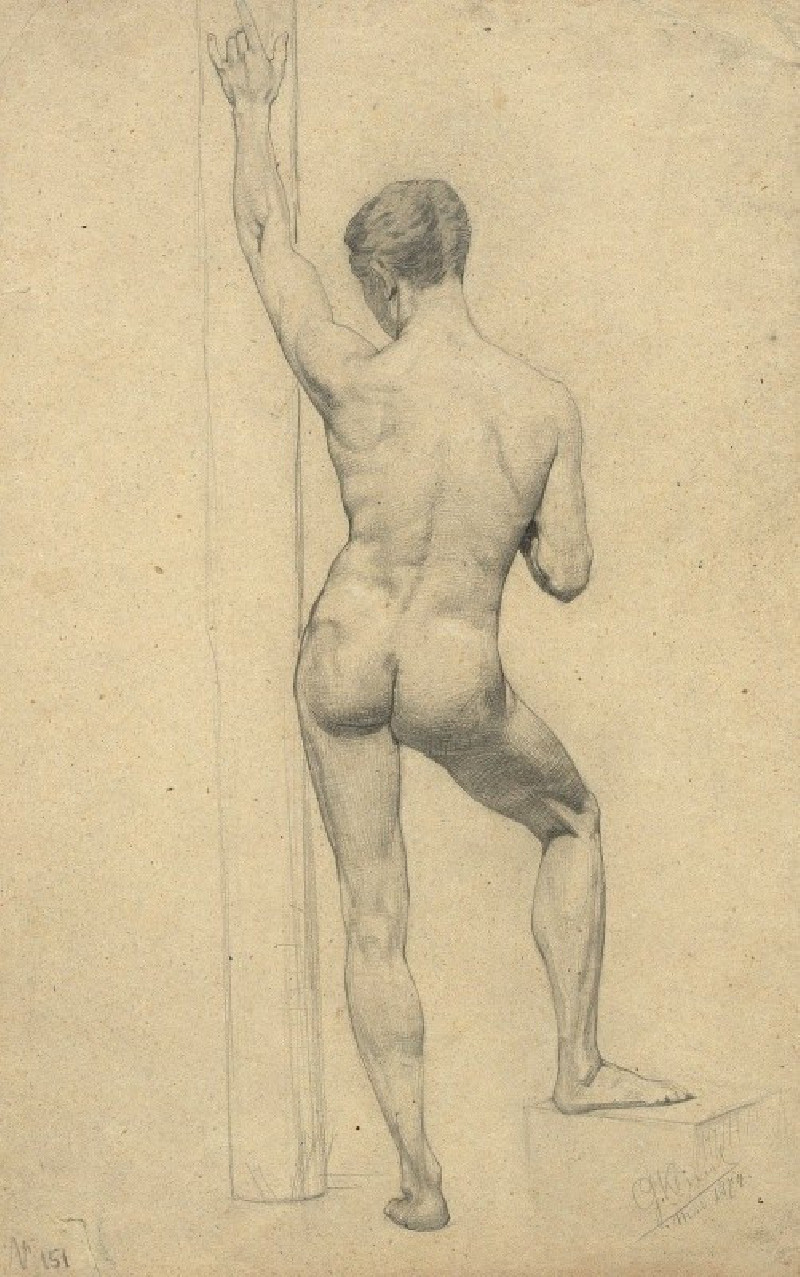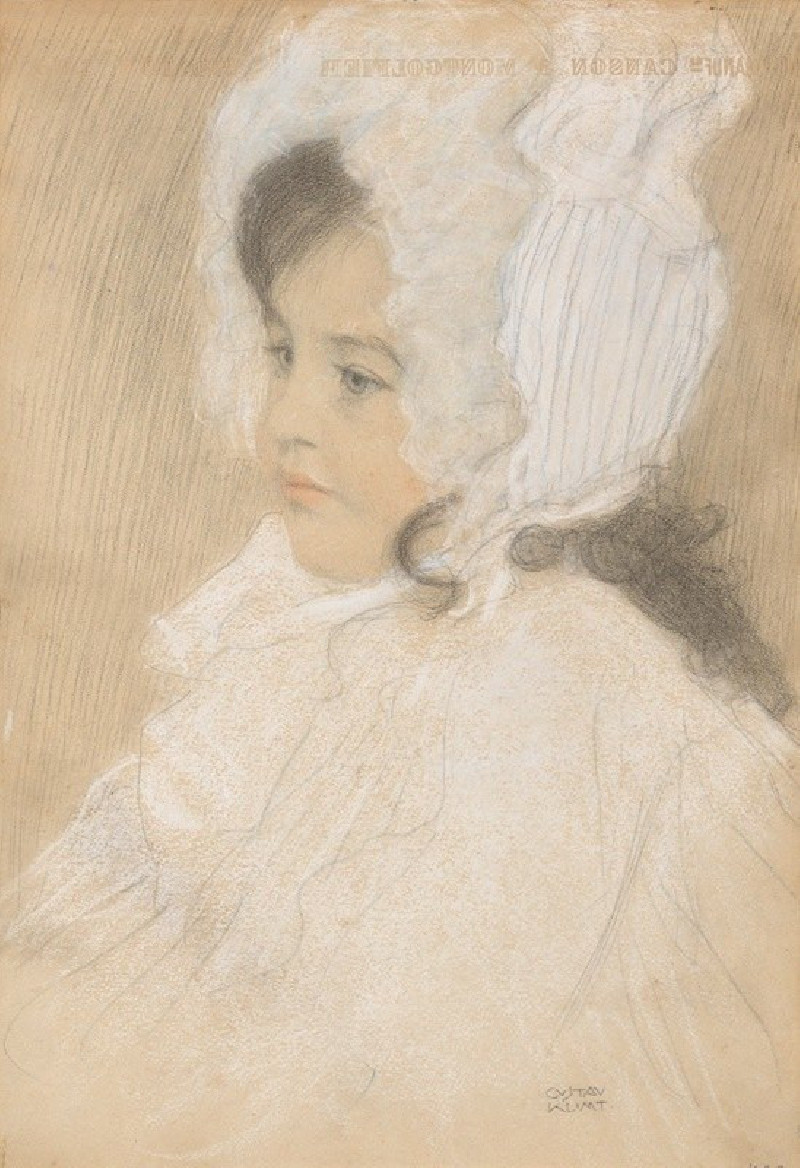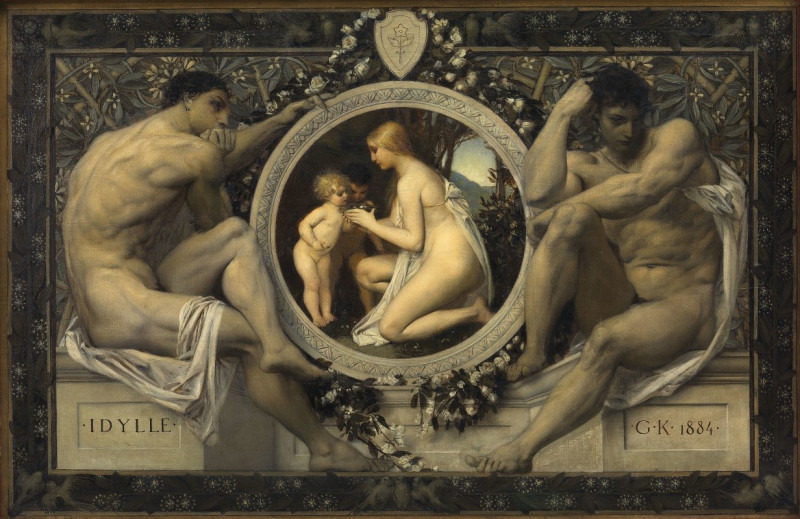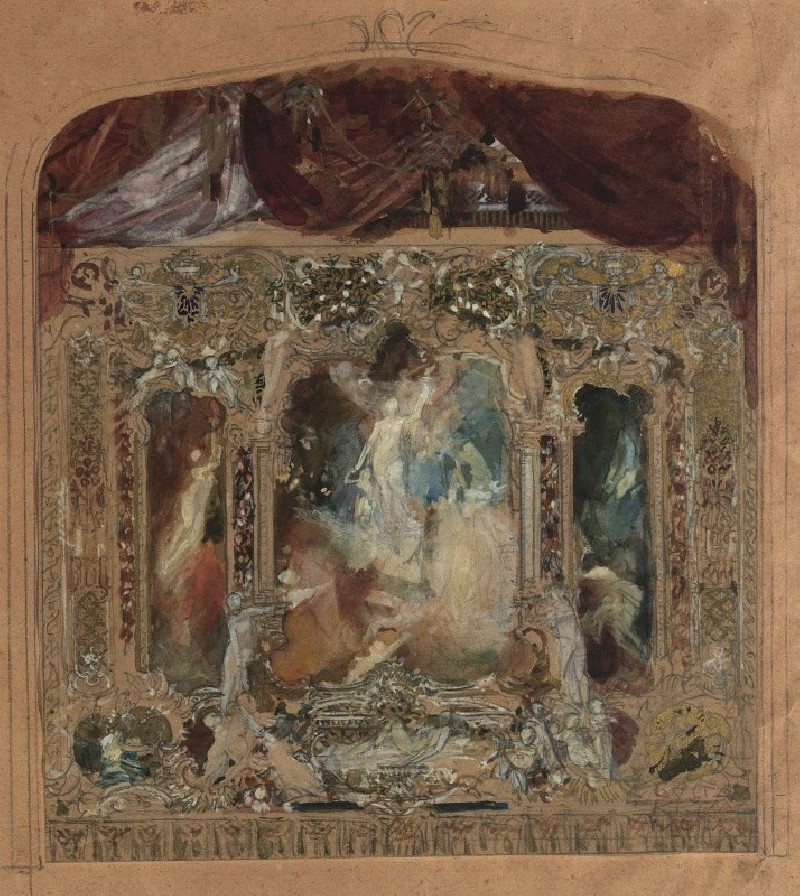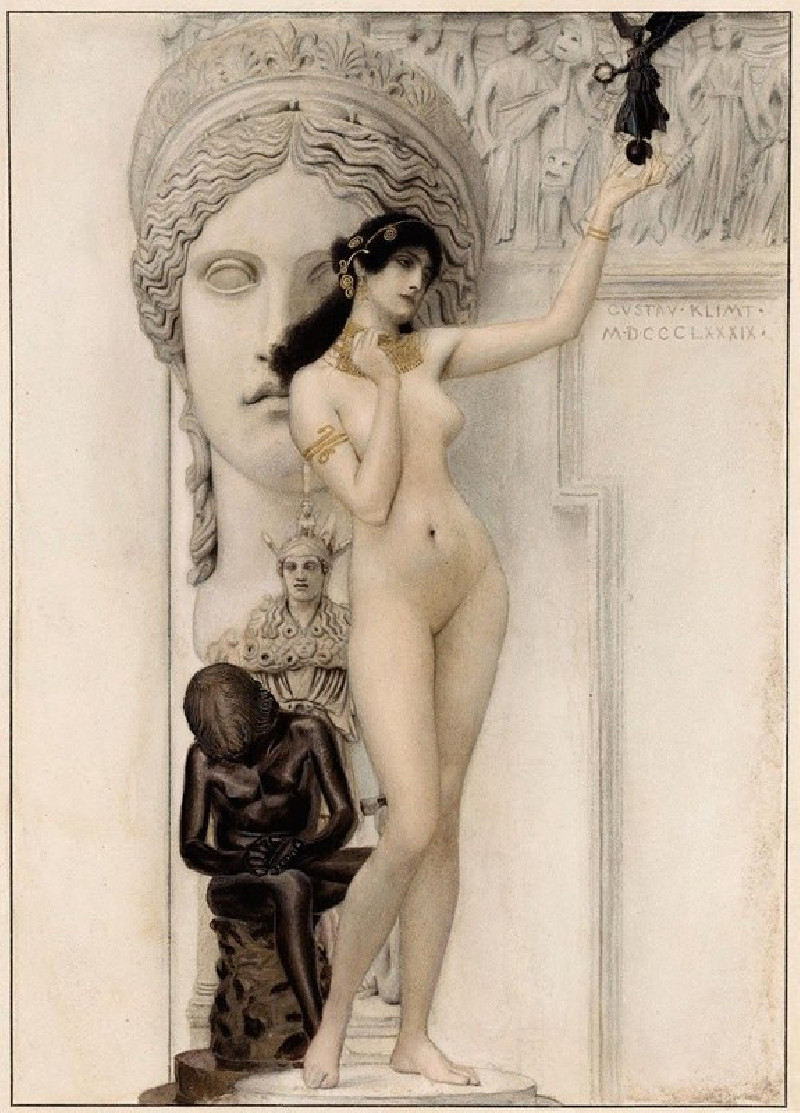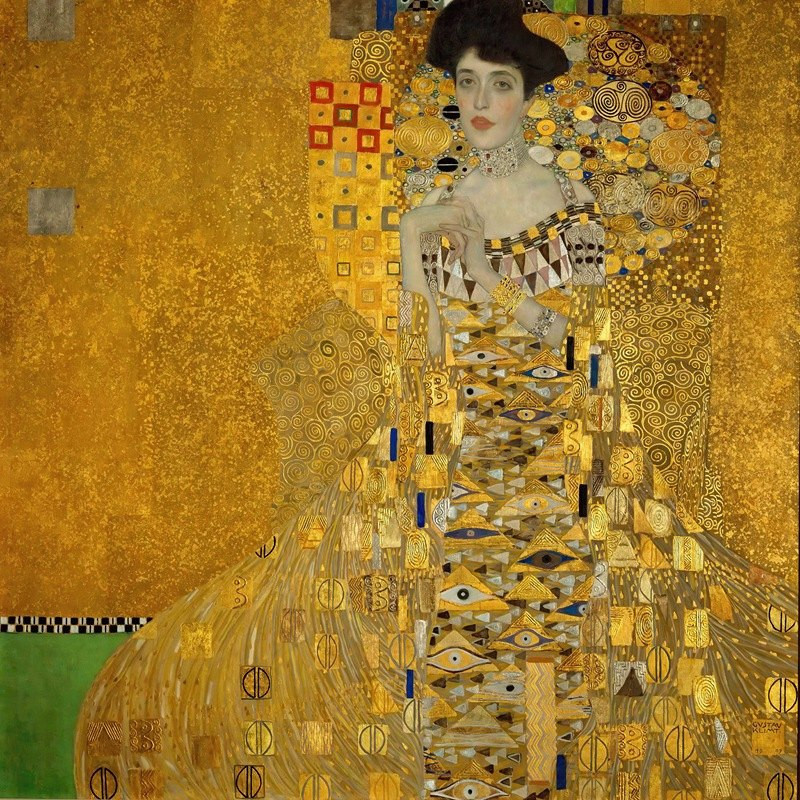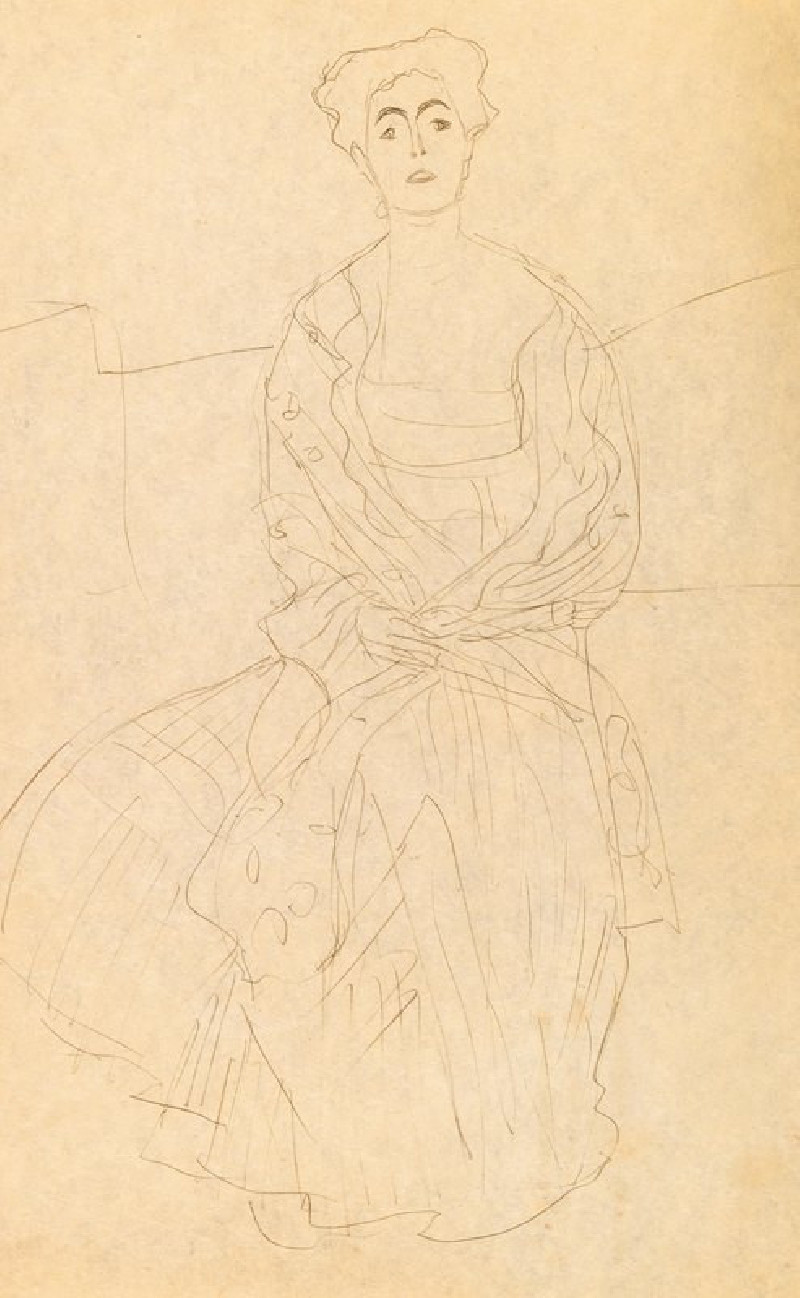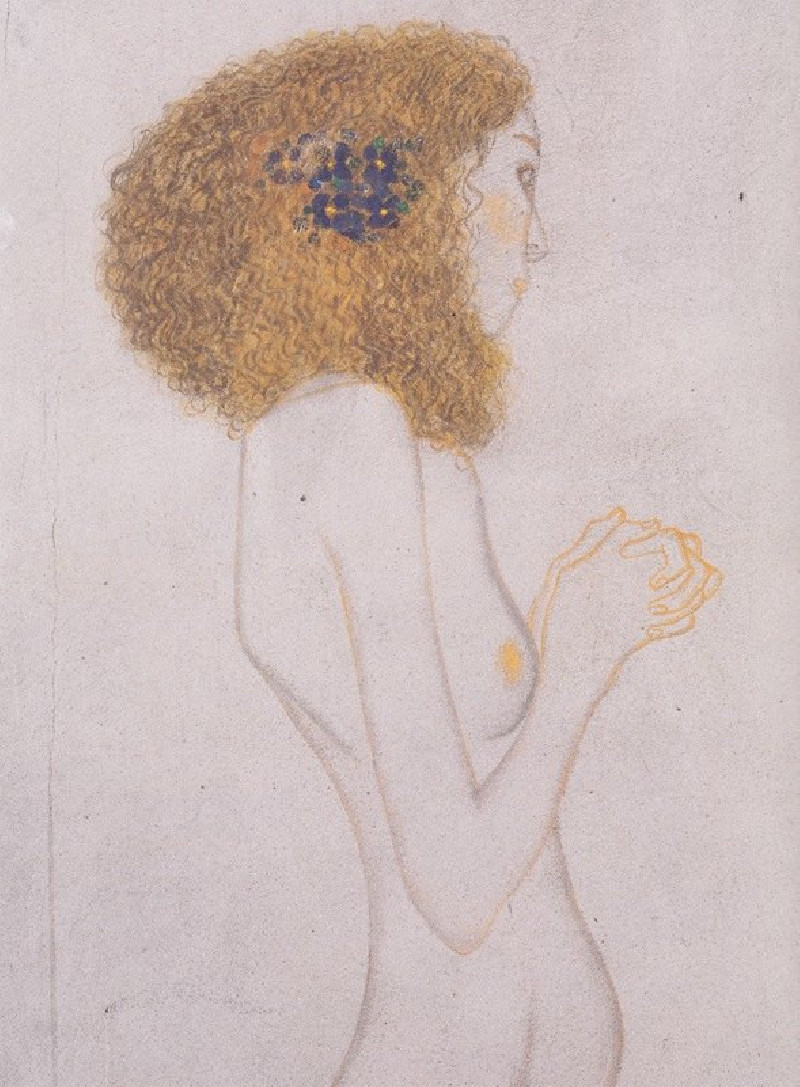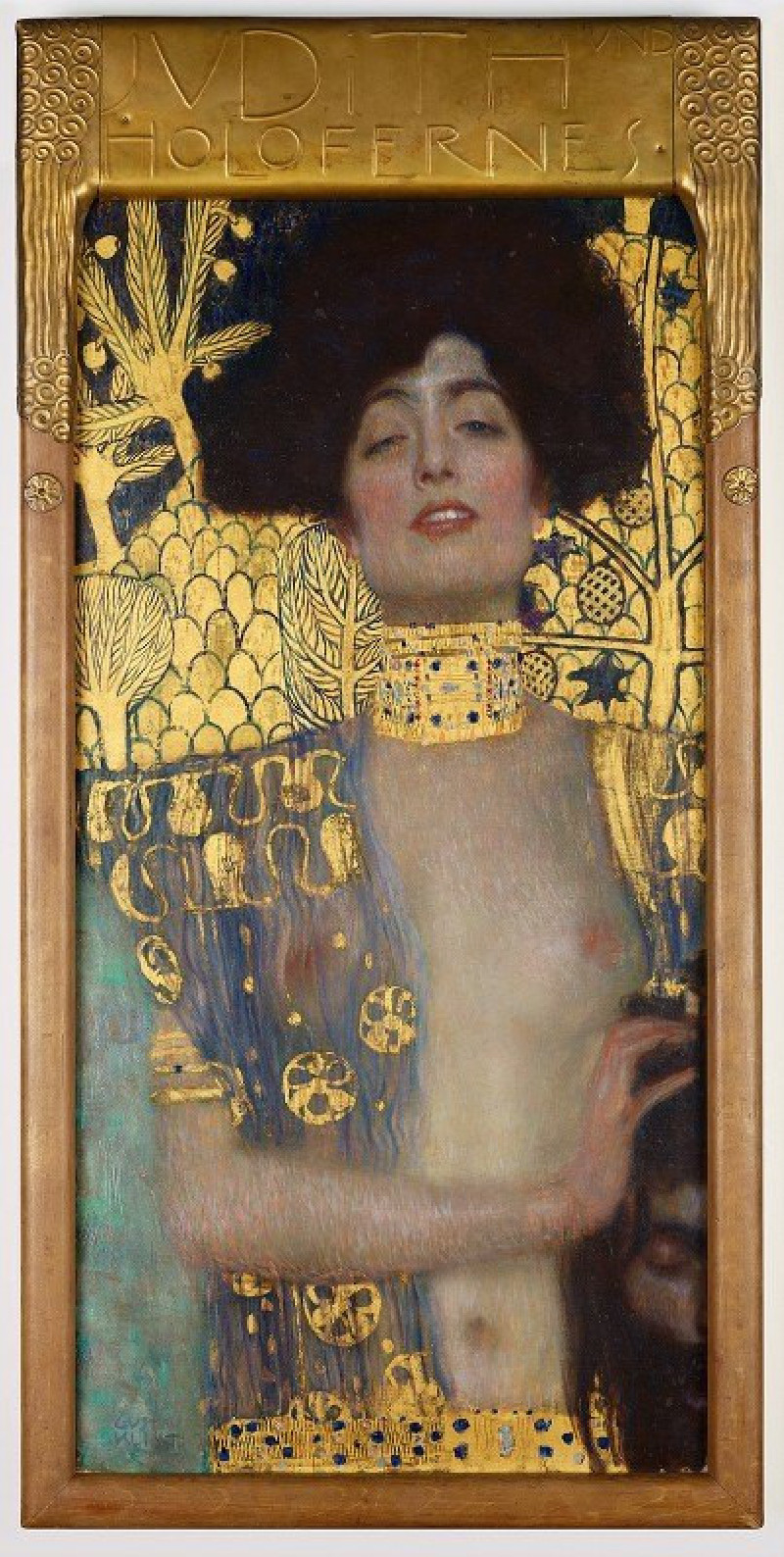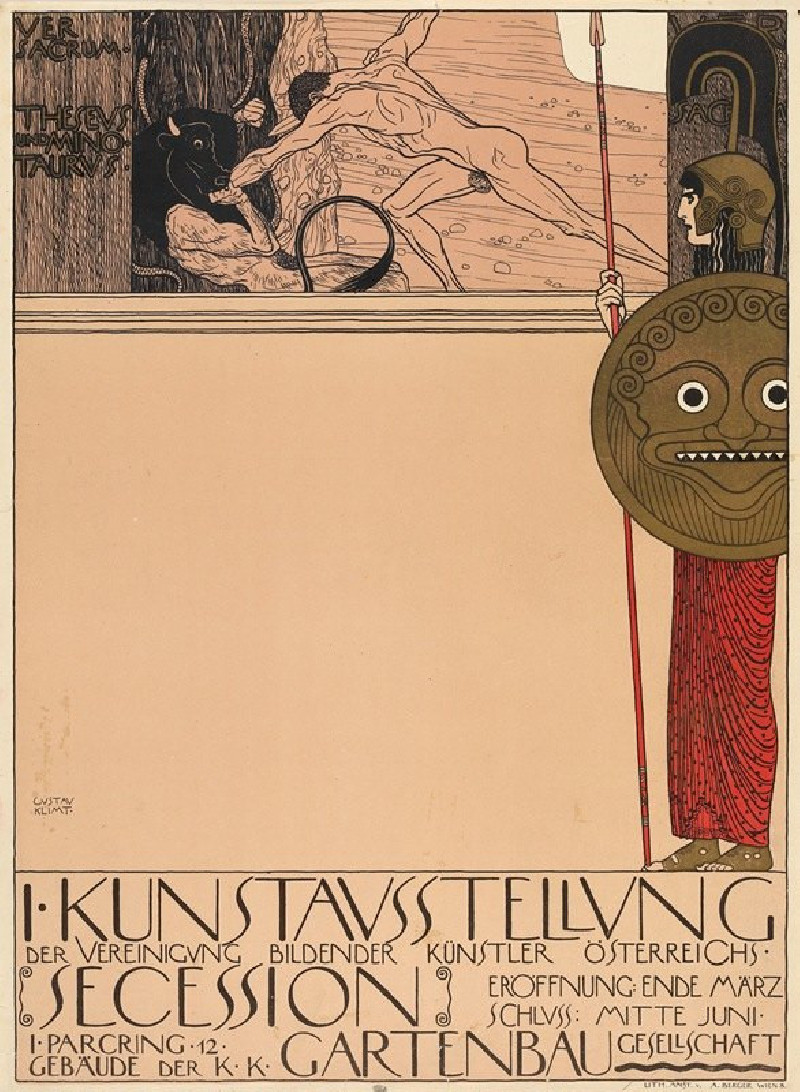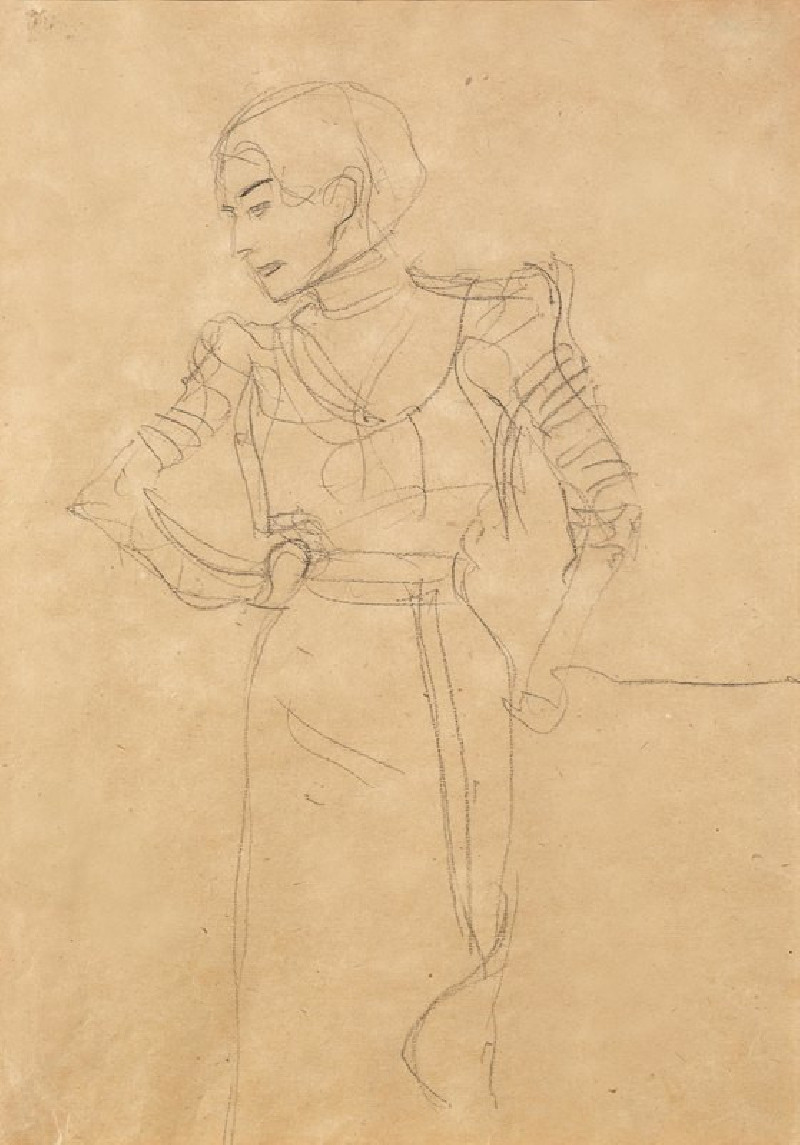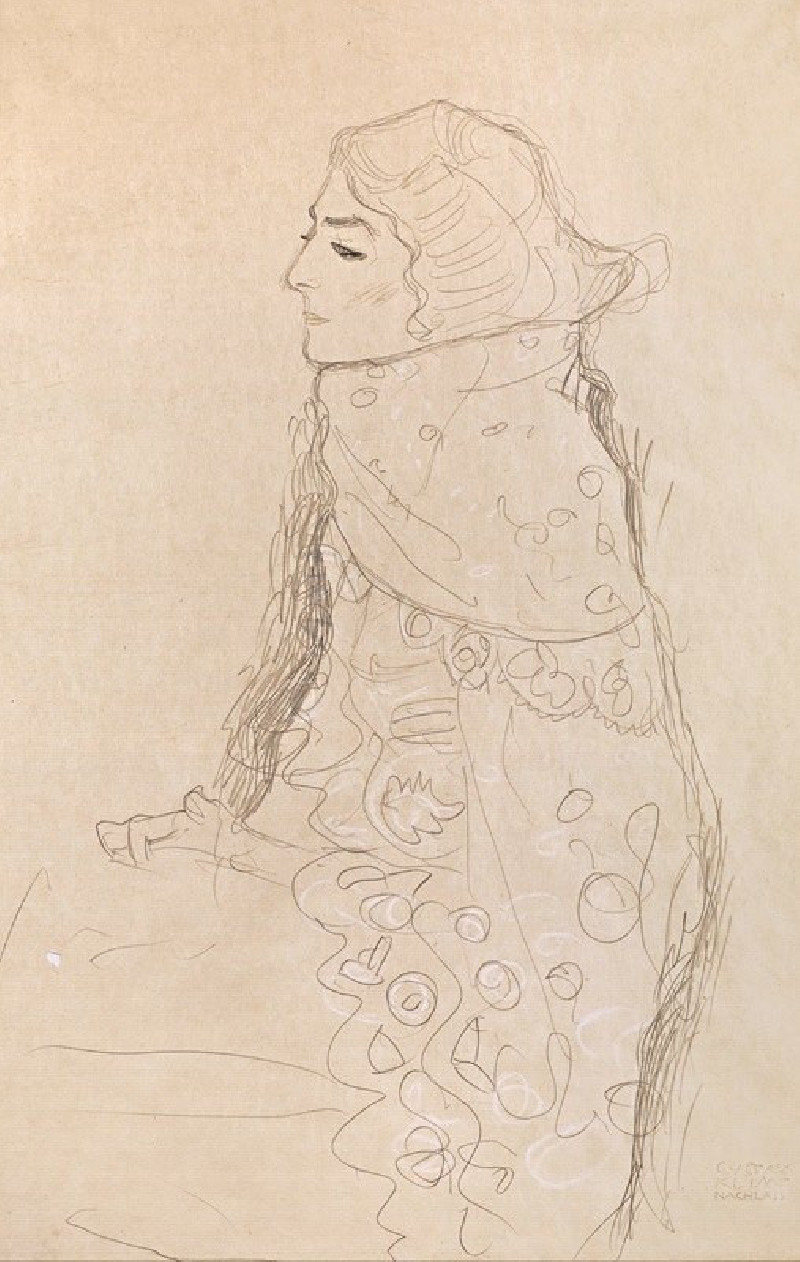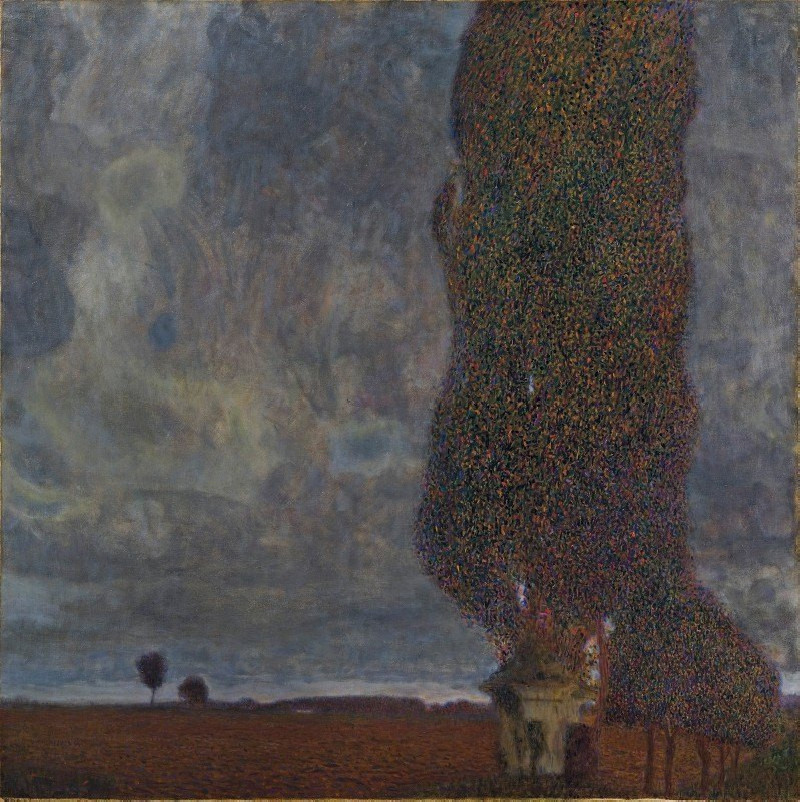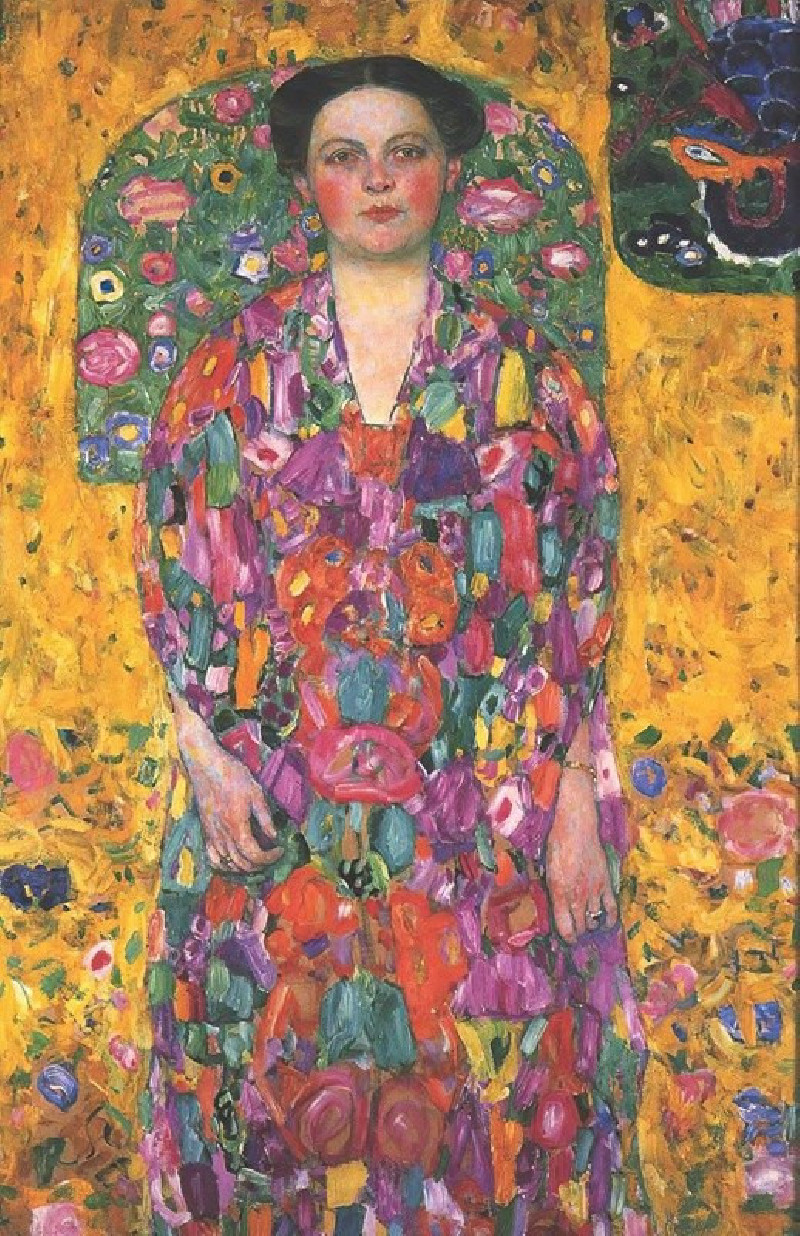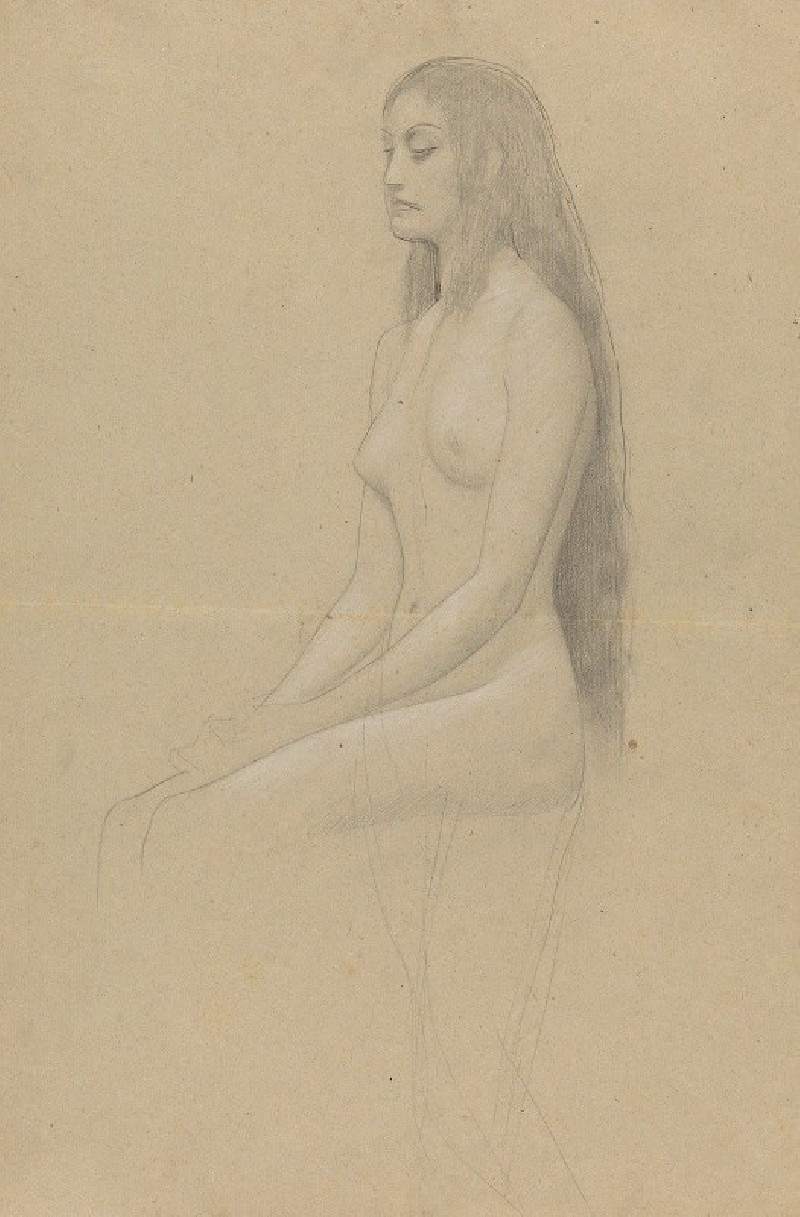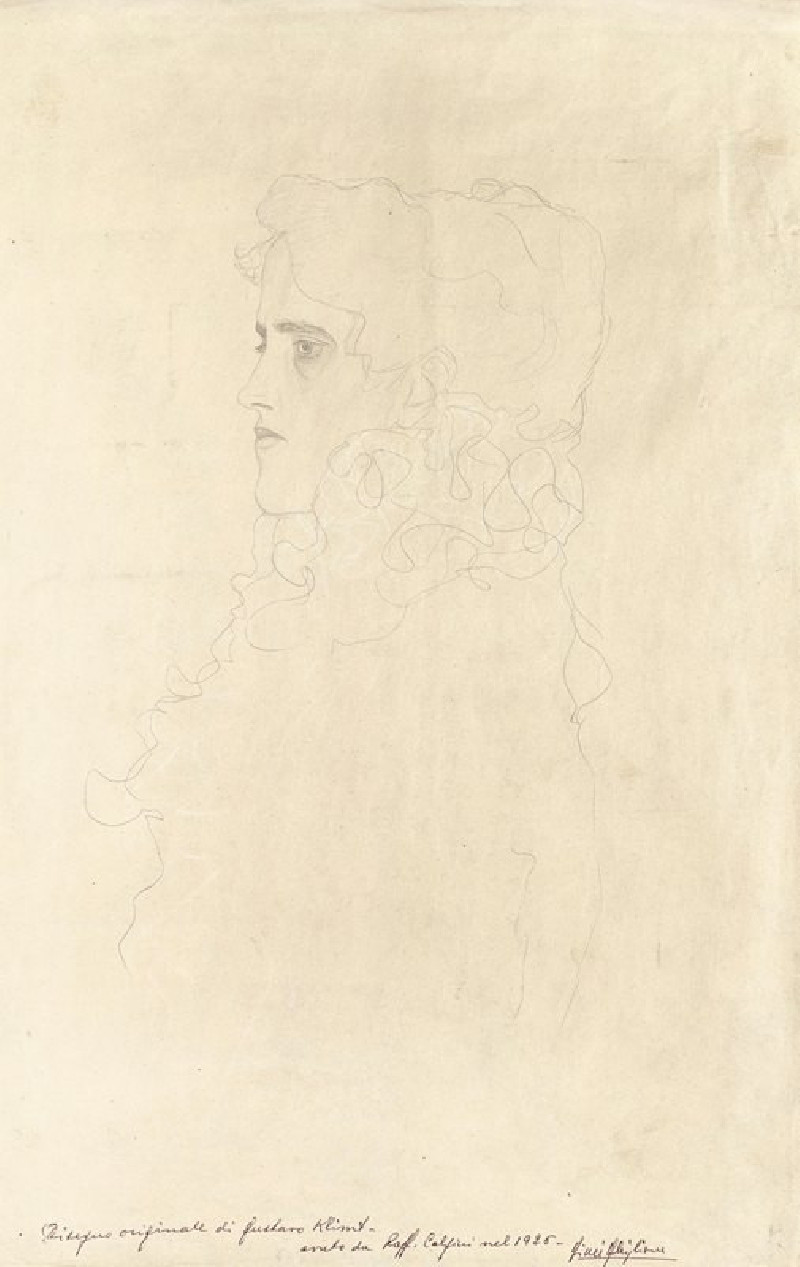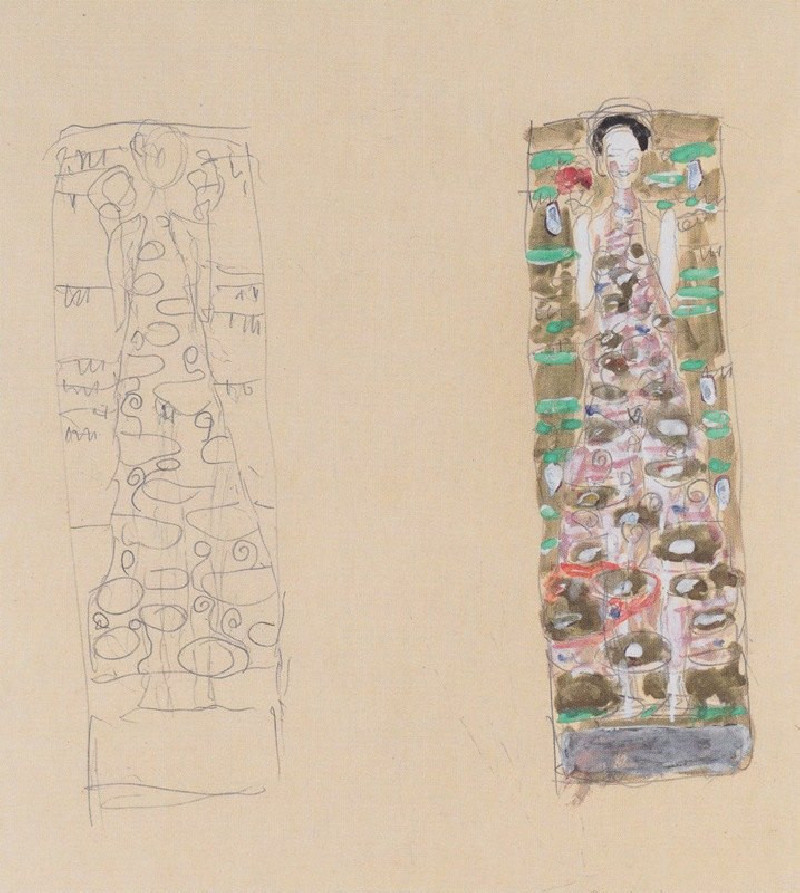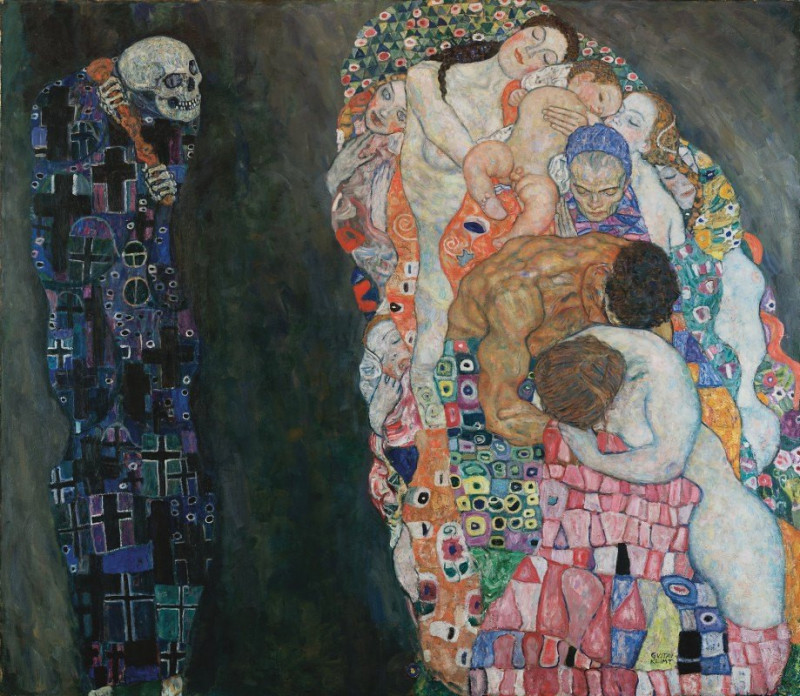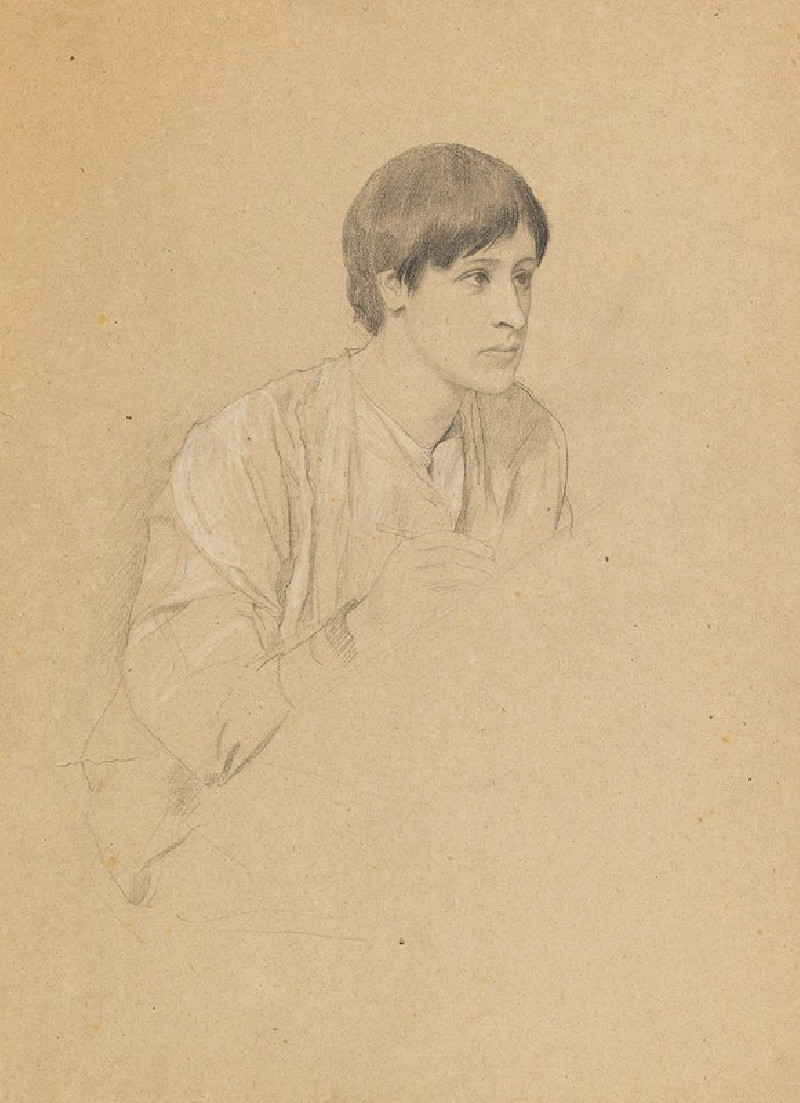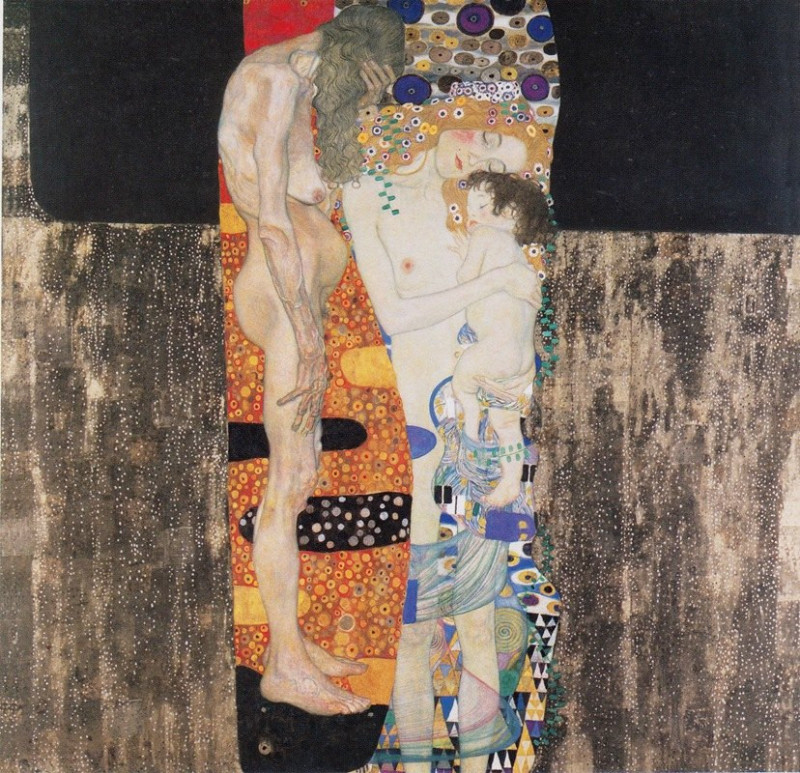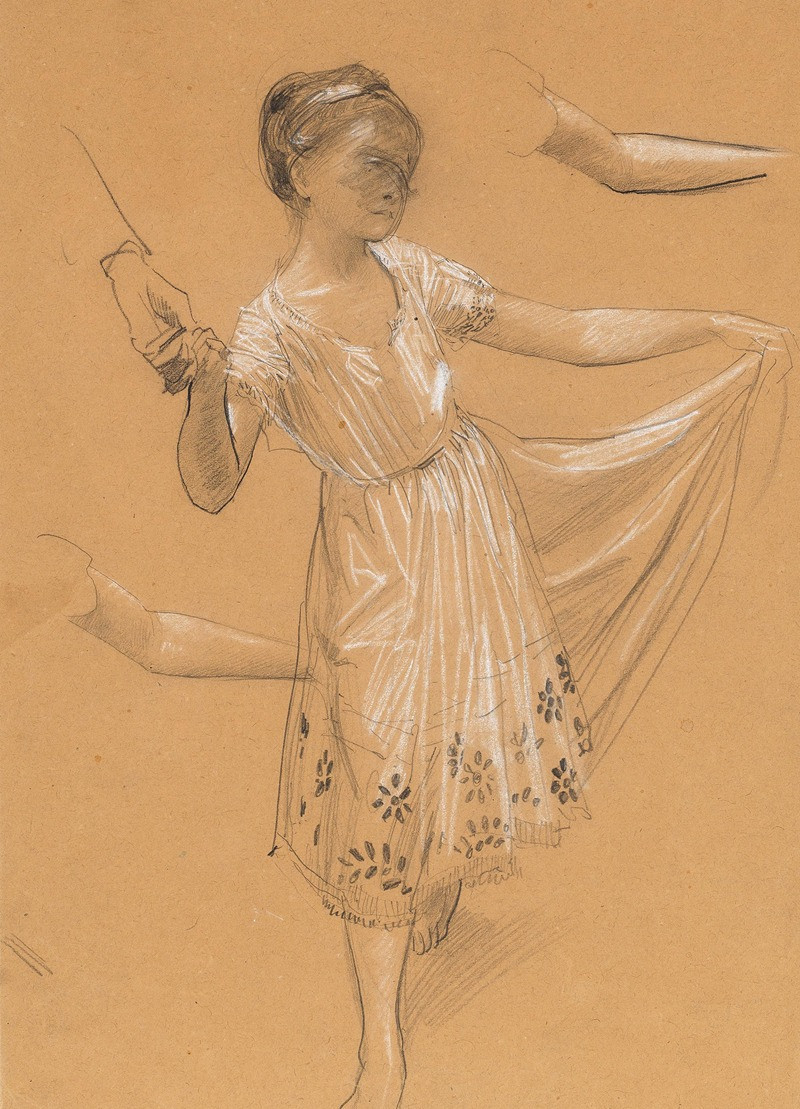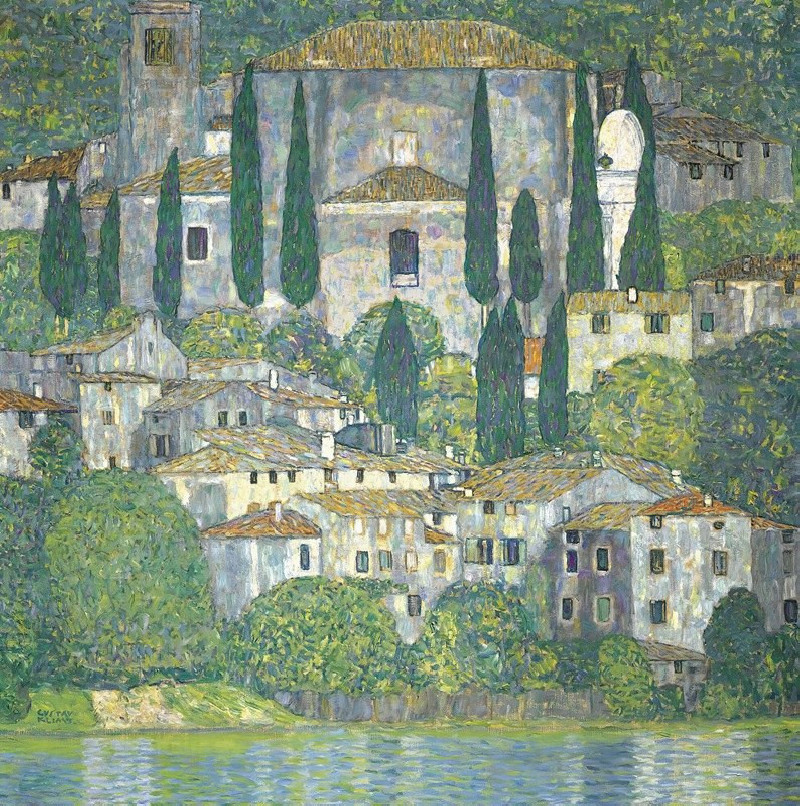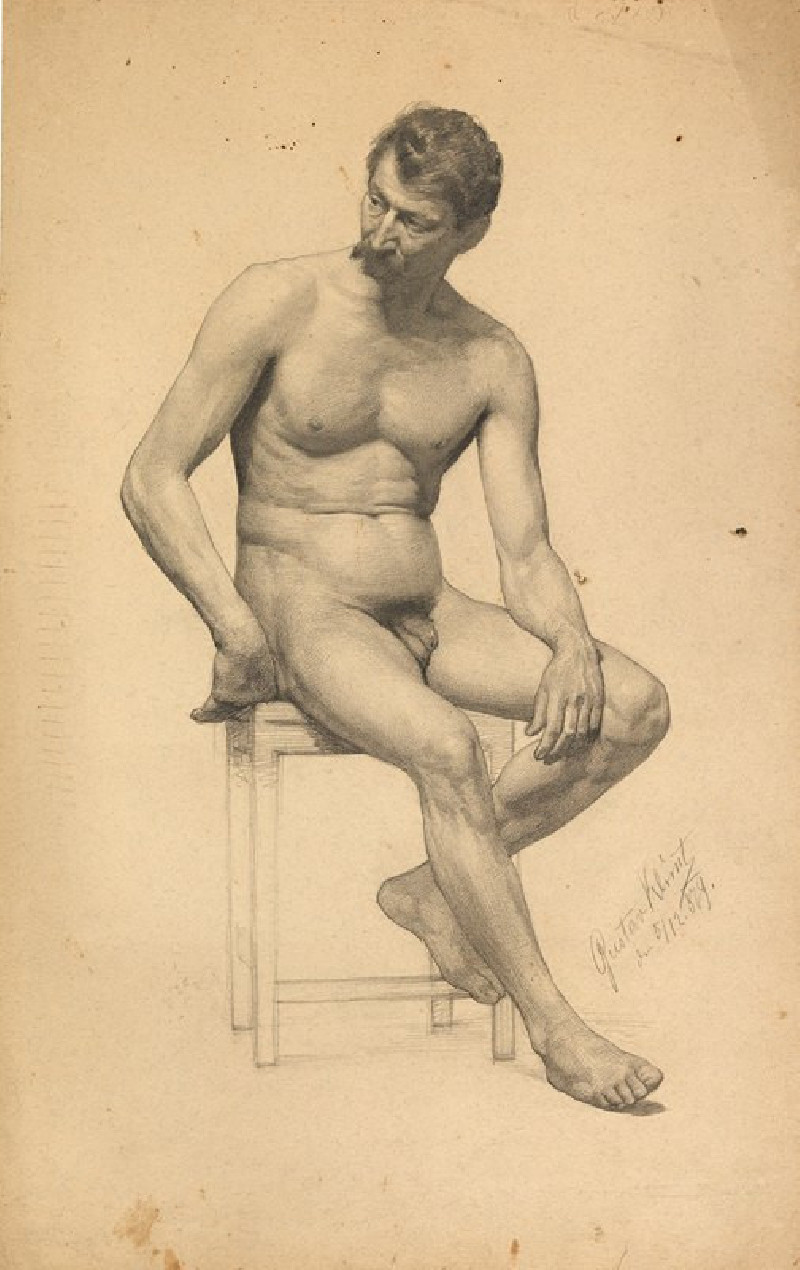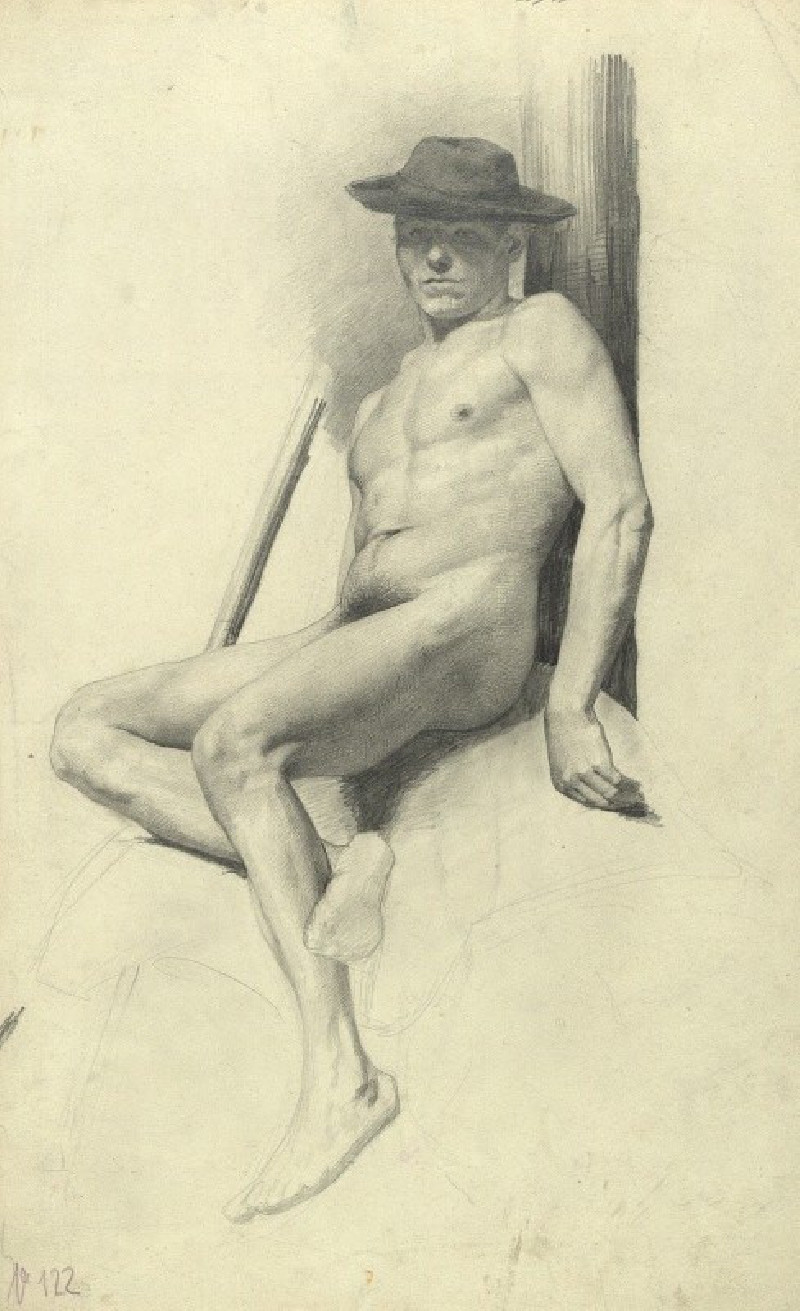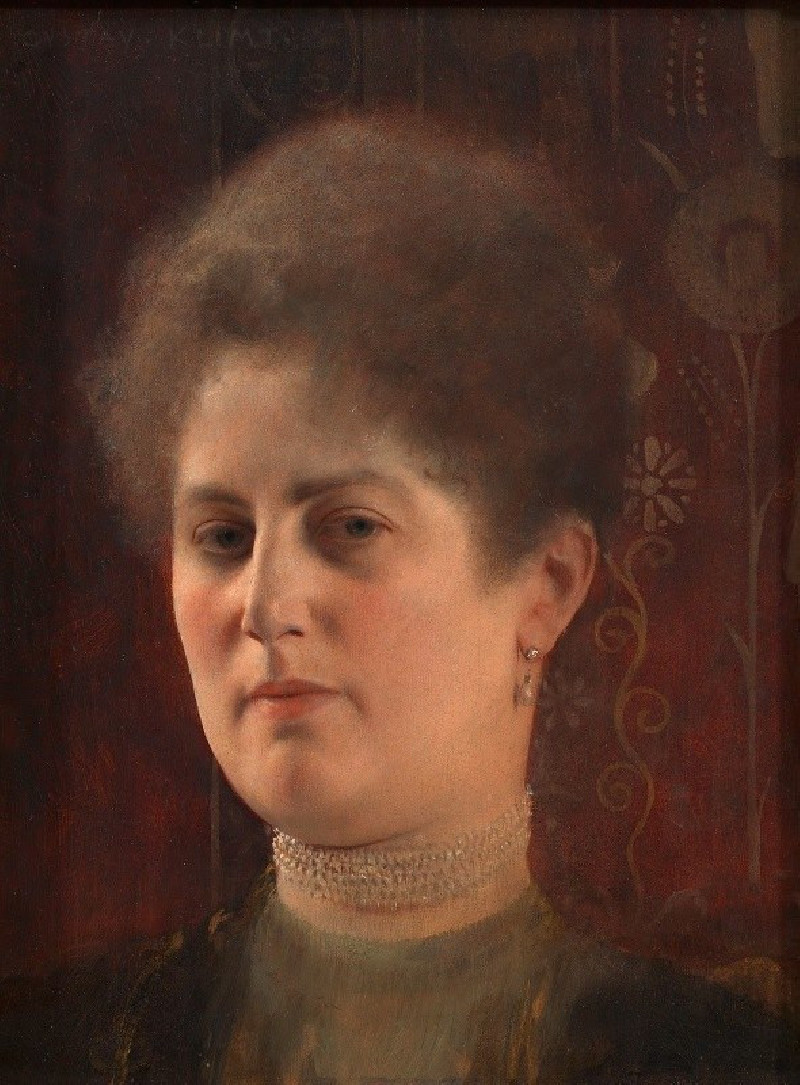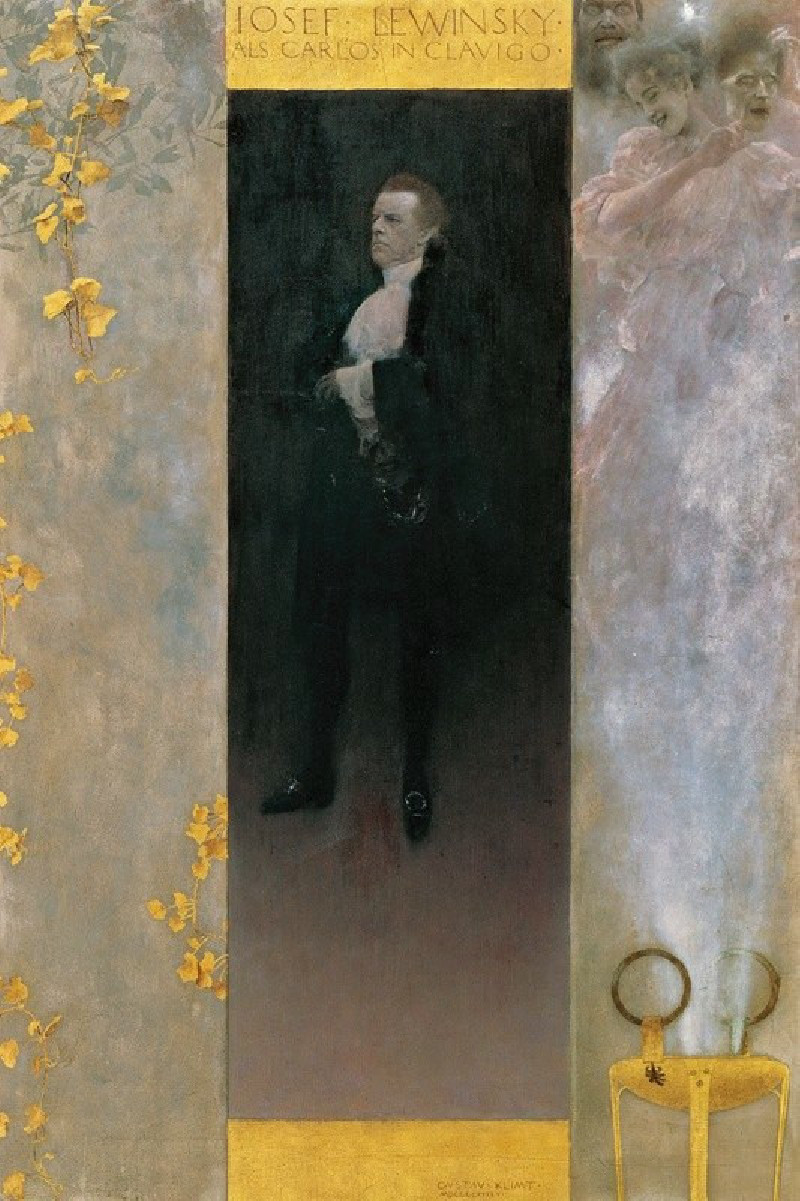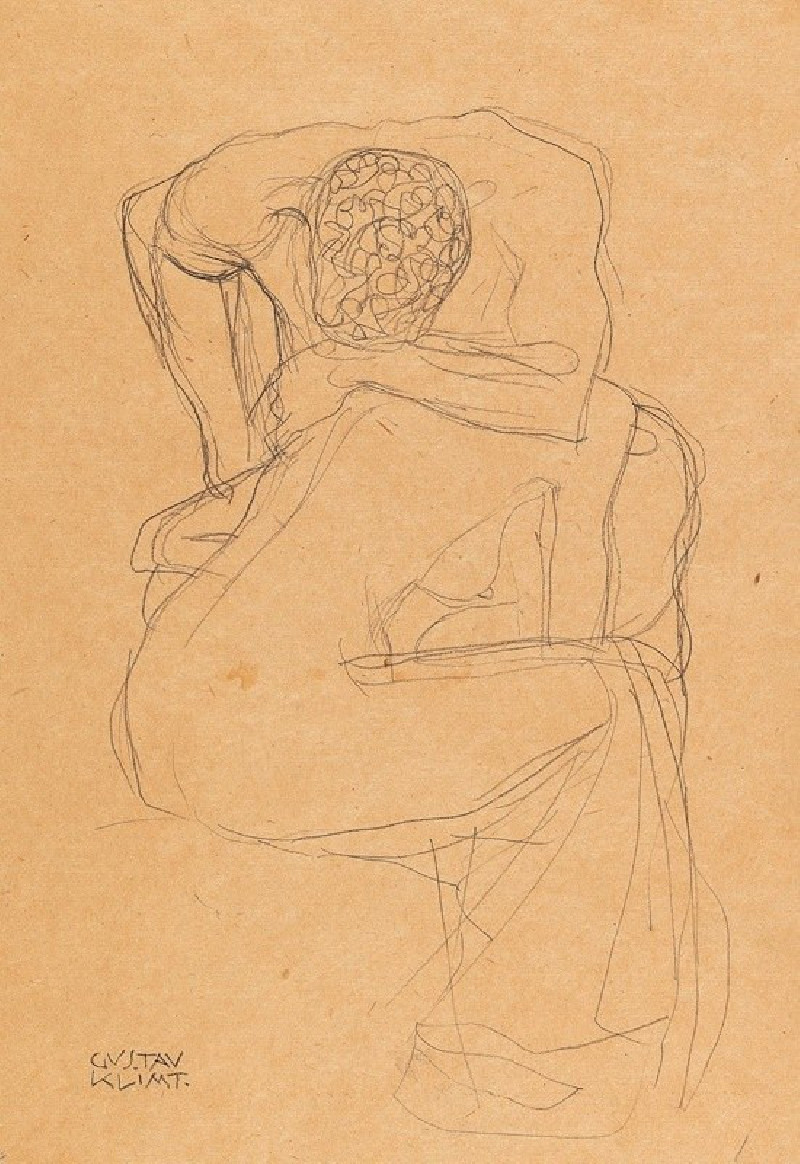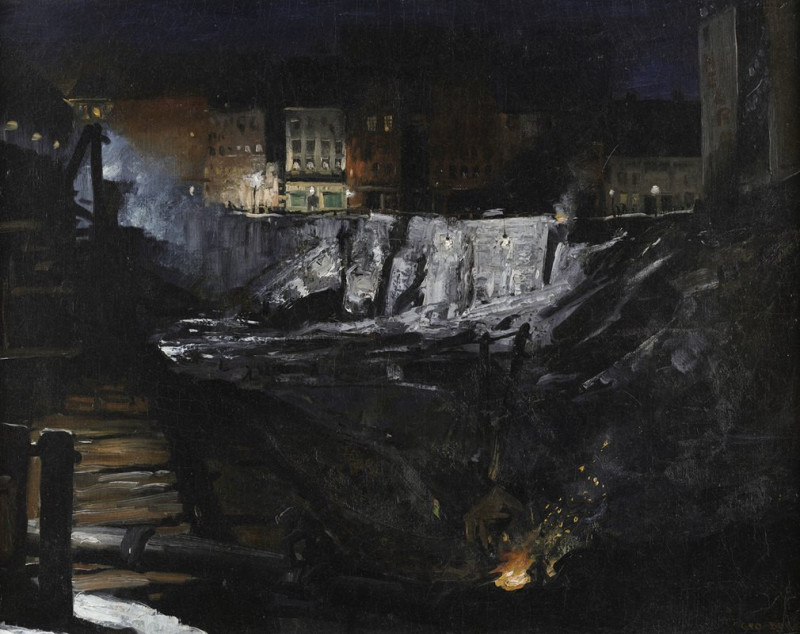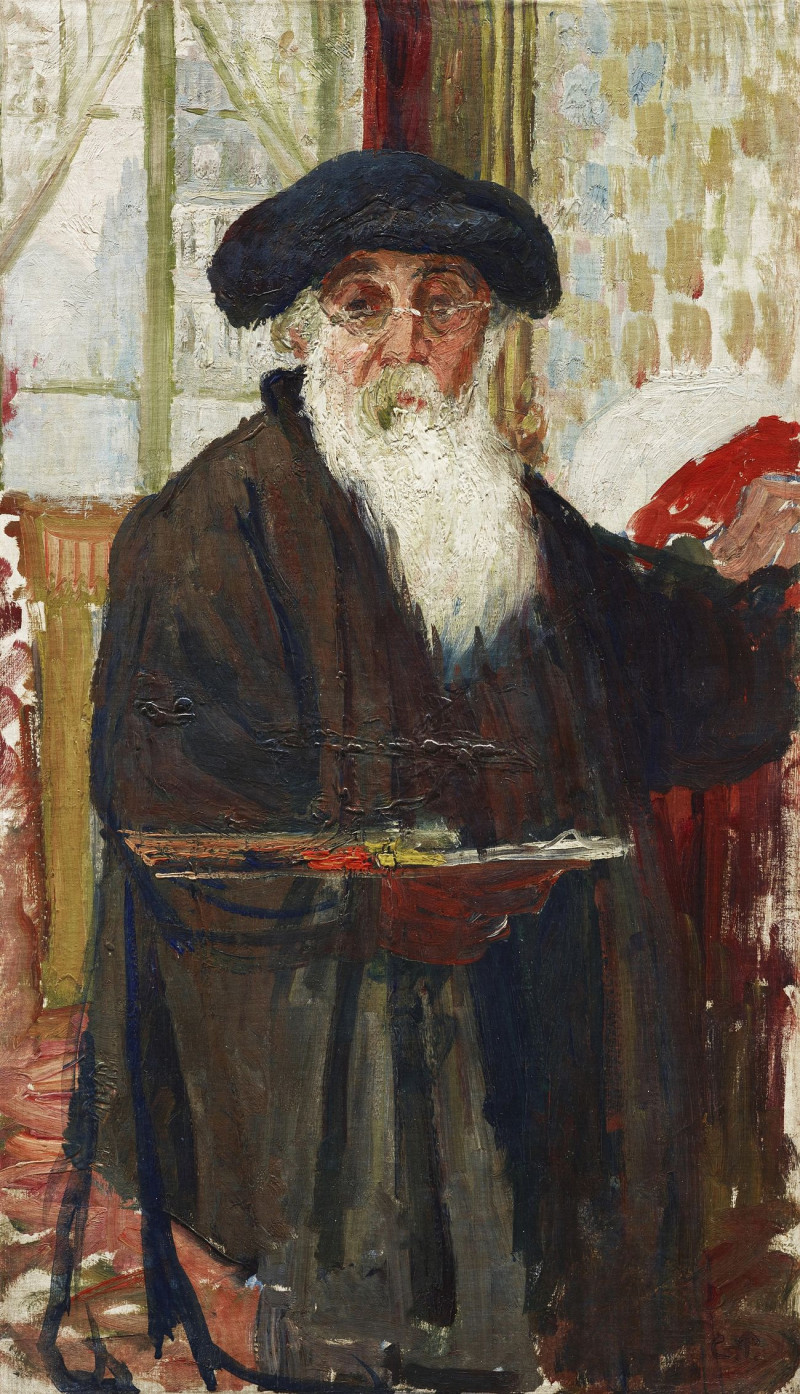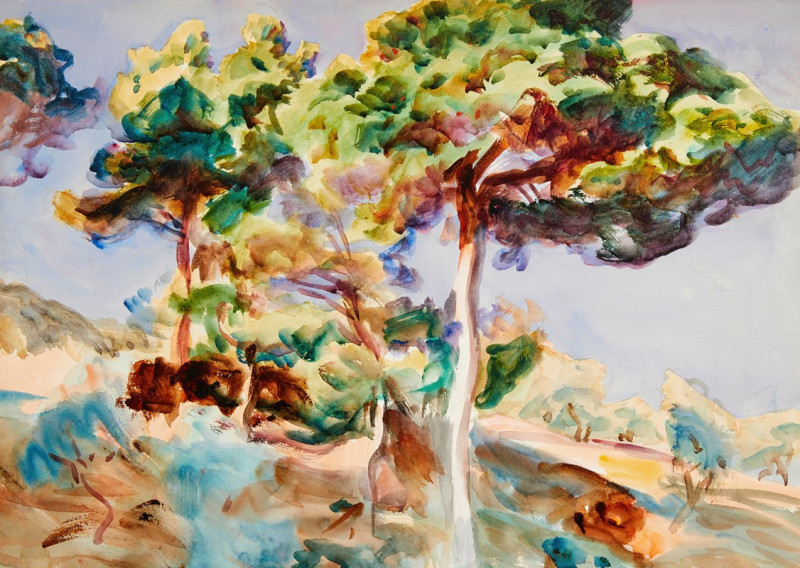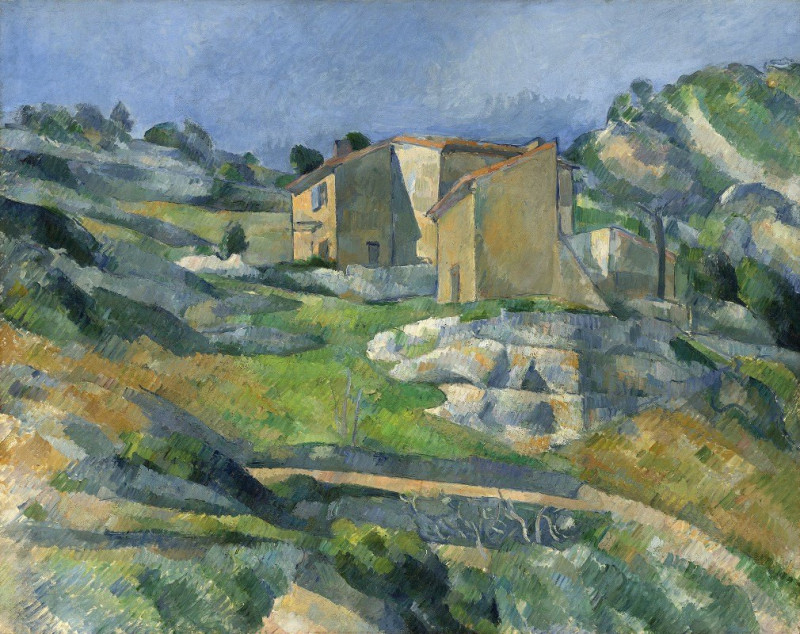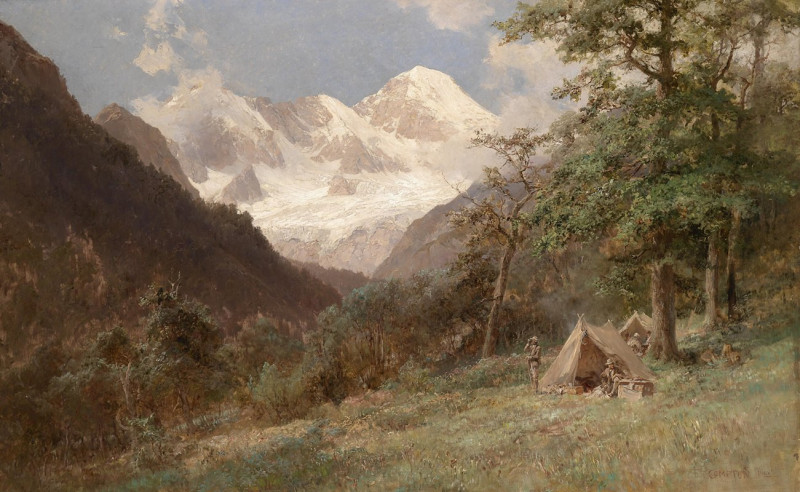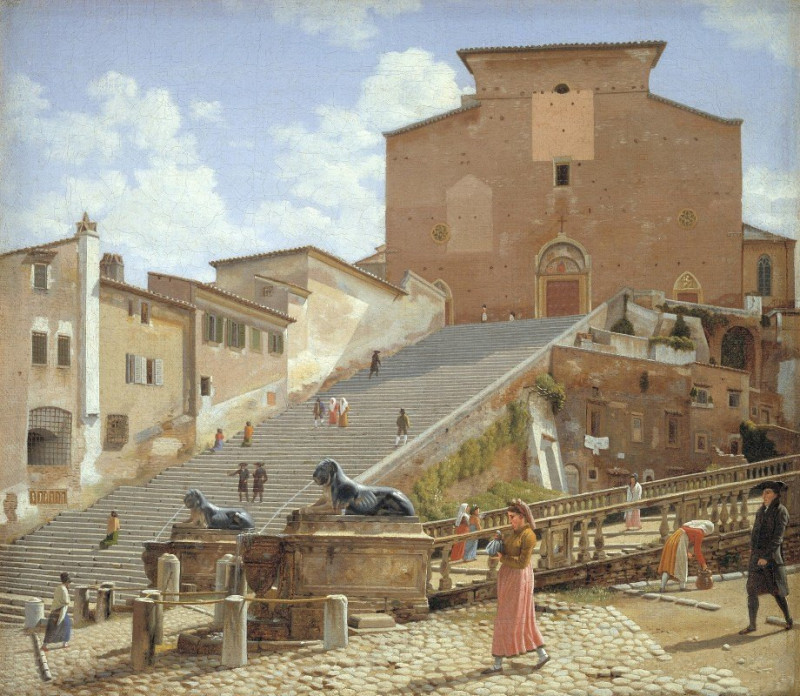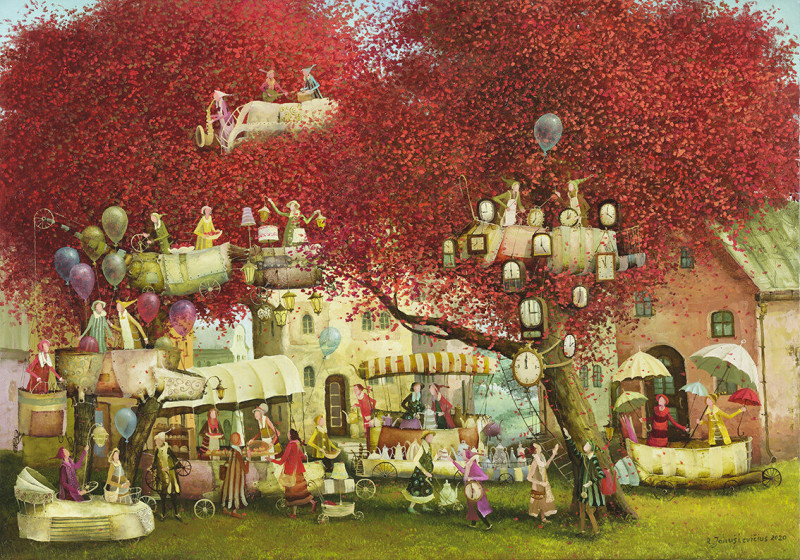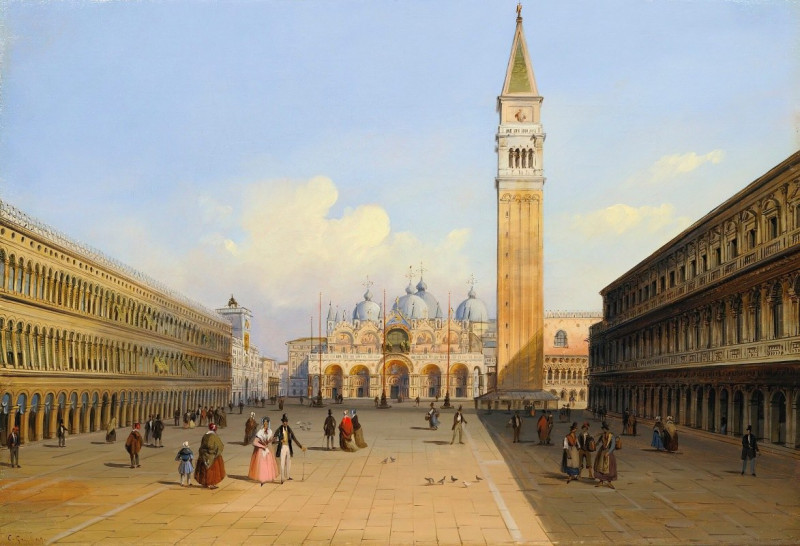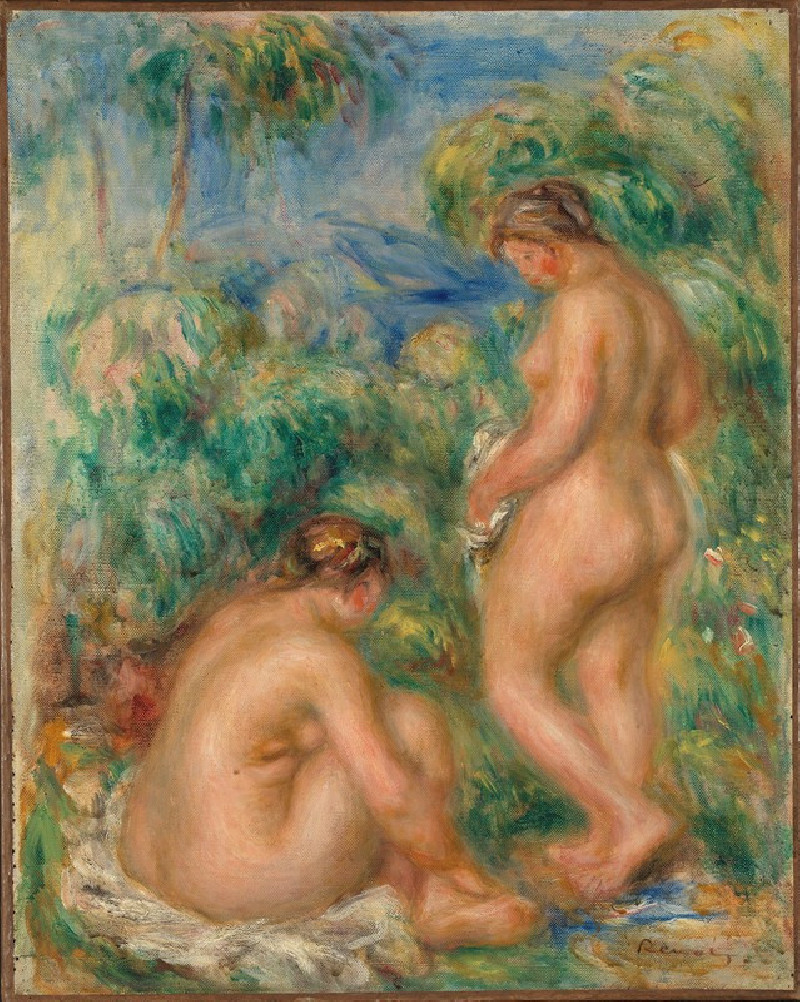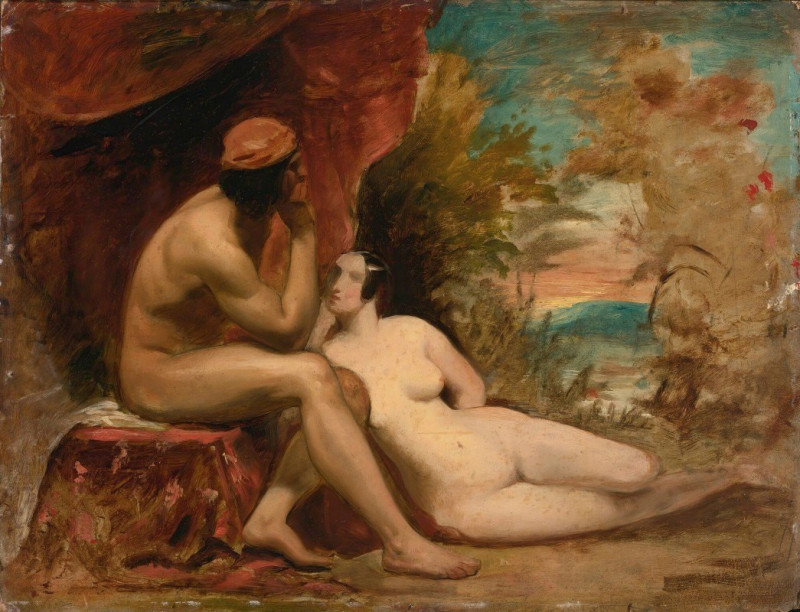Zusammengekauert sitzende Frau, in dunklen Umhang gehüllt (1908-1909)
Technique: Giclée quality print
Recommended by our customers
More about this artwork
The delicate drawing titled "Zusammengekauert sitzende Frau, in dunklen Umhang gehüllt" (1908-1909), by Gustav Klimt, captures a poignant and intimate moment. This pencil sketch, highlighted with some color, portrays a lone female figure crouching while enveloped in a dark cloak. The artwork's soft lines and gentle shading bring out the vulnerability and introspective mood of the figure, whose face is bowed and hidden from view, adding an aura of mystery and solitude.Klimt's approach here is simpler and more restrained than the ornate, golden styles he is famously known for, such as seen in "The Kiss." Instead, this piece explores the theme of human emotion and form through minimalism and subtlety. The woman’s posture and the encompassing cloak suggest themes of protection, reflection, or perhaps melancholy. This drawing exemplifies Klimt's versatility and his ability to evoke deep emotion through varied stylistic approaches.
Delivery
Returns
Gustav Klimt (1862–1918) was one of the greatest Austrian symbolist painters of the Art Nouveau era. Renowned as one of the most prominent founding members, and as a president of the Vienna Art Nouveau movement (Vienna Secession). His works were mainly paintings, murals, and sketches. Marked by his numerous erotic drawings, Klimt's primary subject were female figures, and at one point his work was even criticized as pornographic. Klimt found financial success in his "Golden Phase" with decorative techniques and the prominent use of gold leaf in his paintings.

